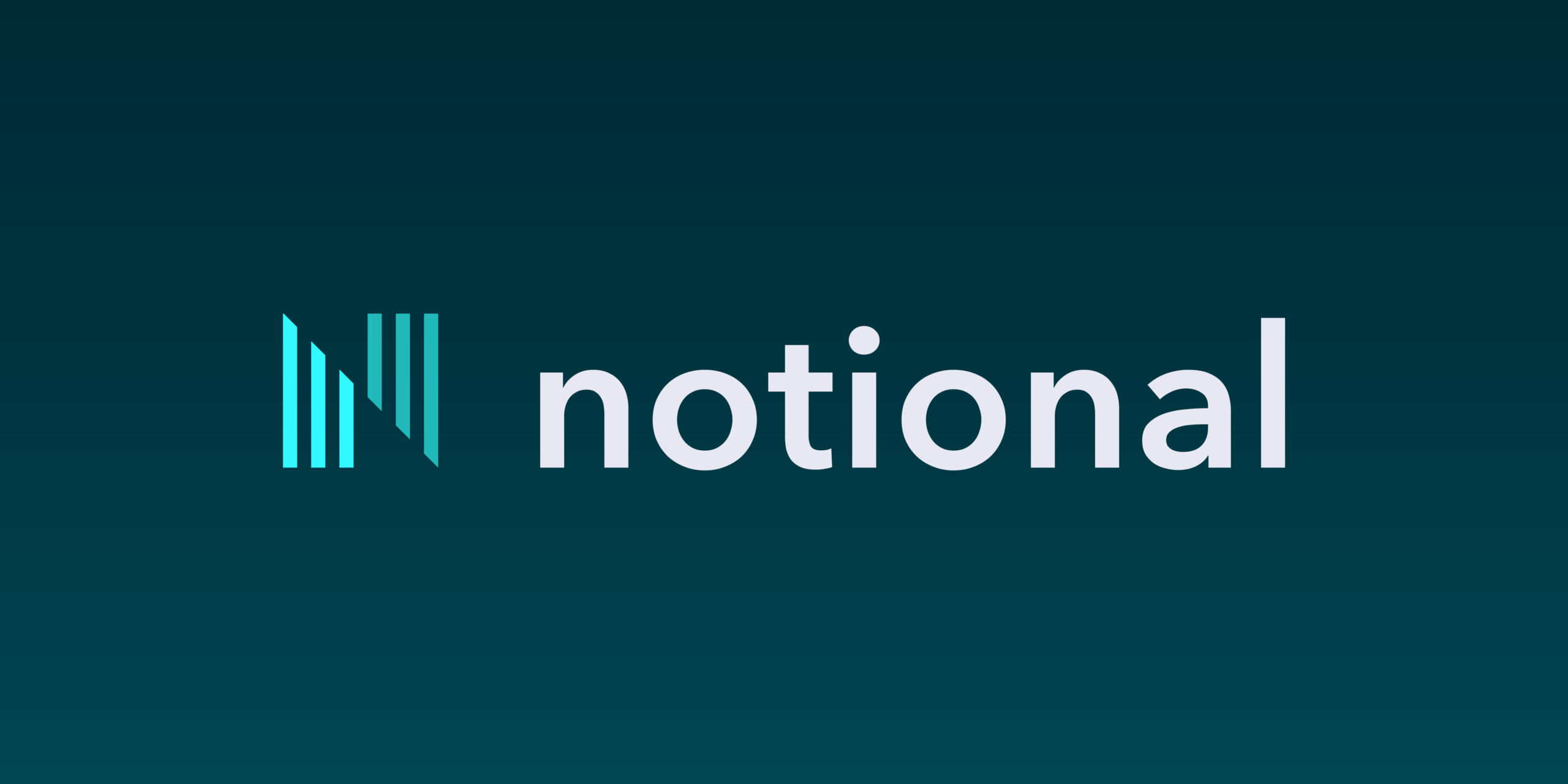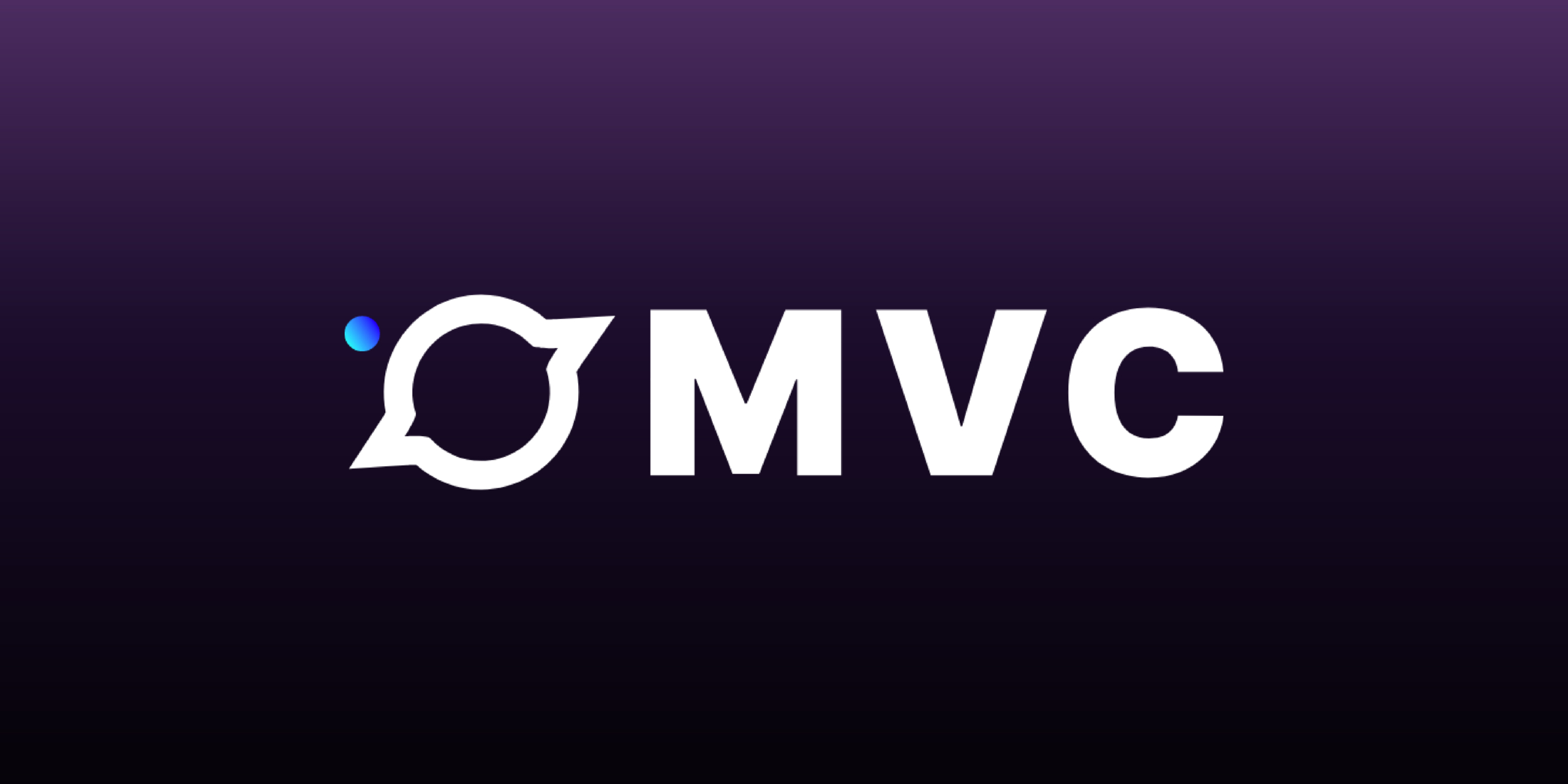Introduction
Notional Finance is an innovative protocol within the Ethereum ecosystem designed to provide fixed-rate and fixed-term lending and borrowing solutions for crypto assets, realized through a proprietary financial instrument known as fCash.
Notional Finance Innovation
The core innovation of Notional Finance lies in its use of fCash tokens, which are transferable and represent a future claim on cash flows. This mechanism allows users to lend or borrow at predetermined rates, bringing predictability to the often volatile DeFi space.
Architecture
At the heart of Notional’s architecture are liquidity pools integrated with Automated Market Makers (AMMs), which support trading fCash tokens. The protocol also leverages nTokens to allow users to provide liquidity and earn returns across various maturities without direct interaction.
Code Quality
Multiple security audits and comprehensive documentation evidence the solidity of the Notional Finance codebase. The deployed smart contracts are mainnet-tested, indicating a mature and resilient code environment.
Product Roadmap
The live mainnet and the integration of leveraged vaults suggest a forward-looking approach, with continuous development anticipated.
Usability
The user interface of Notional is live and has been crafted with a focus on user-friendliness, ensuring that participants can easily engage with the protocol’s offerings.
Team
The team behind Notional Finance needs to be detailed in the provided notes, but the protocol’s progress and multiple security audits imply a competent and security-conscious group.
Conclusion
Notional Finance significantly advances the DeFi lending space by enabling fixed-rate and fixed-term crypto asset lending and borrowing. With a robust technological framework and a clear commitment to security and usability, Notional stands out as a noteworthy protocol that deserves attention from serious DeFi participants.
| Initial Screening | |||
| Keep researching | |||
| Does this project need to use blockchain technology? | Yes | ||
| Can this project be realized? | Yes | ||
| Is there a viable use case for this project? | Yes | ||
| Is the project protected from commonly known attacks? | Yes | ||
| Are there no careless errors in the whitepaper? | Yes | ||
| Project Technology Score | |||
| Description | Scorecard | ||
| Innovation (Out Of 11) | 7 | ||
| How have similar projects performed? | Good | 2 | |
| Are there too many innovations? | Regular | 2 | |
| Percentage of crypto users that will use the project? | 1% -5% | 1 | |
| Is the project unique? | Yes | 2 | |
| Architecture (Out of 12) | 11 | ||
| Overall feeling after reading whitepaper? | Good | 2 | |
| Resistance to possible attacks? | Good | 2 | |
| Complexity of the architecture? | Not too complex | 2 | |
| Time taken to understand the architecture? | 20 – 50 min | 1 | |
| Overall feeling about the architecture after deeper research? | Good | 4 | |
| Has the project been hacked ? | No | 0 | |
| Code Quality (out of 15) | 13 | ||
| Is the project open source? | Yes | 2 | |
| Does the project use good code like C,C++, Rust, Erlang, Ruby, etc? | Yes | 2 | |
| Could the project use better programming languages? | No | 0 | |
| Github number of lines? | More than 10K | 1 | |
| Github commits per month? | More than 10 | 2 | |
| What is the quality of the code? | Good | 2 | |
| How well is the code commented? | Outstanding | 2 | |
| Overall quality of the test coverage? | Good | 1 | |
| Overall quality of the maintainability index? | Good | 1 | |
| When Mainnet (out of 5) | 5 | ||
| When does the mainnet come out? | Mainnet Ready | 5 | |
| Usability for Infrastructure Projects (out of 5) | 5 | ||
| Is it easy to use for the end customer? | Yes | 5 | |
| Team (out of 7) | 4 | ||
| Number of active developers? | 3+ | 1 | |
| Developers average Git Background? | Intermediate | 1 | |
| Developers coding style? | Solid | 2 | |
| Total Score (out of 55) | 45 | ||
| Percentage Score | |||
| Innovation | 12.73% | ||
| Architecture | 20.00% | ||
| Code Quality | 23.64% | ||
| Mainnet | 9.09% | ||
| Usability | 9.09% | ||
| Team | 7.27% | ||
| Total | 81.82% |





